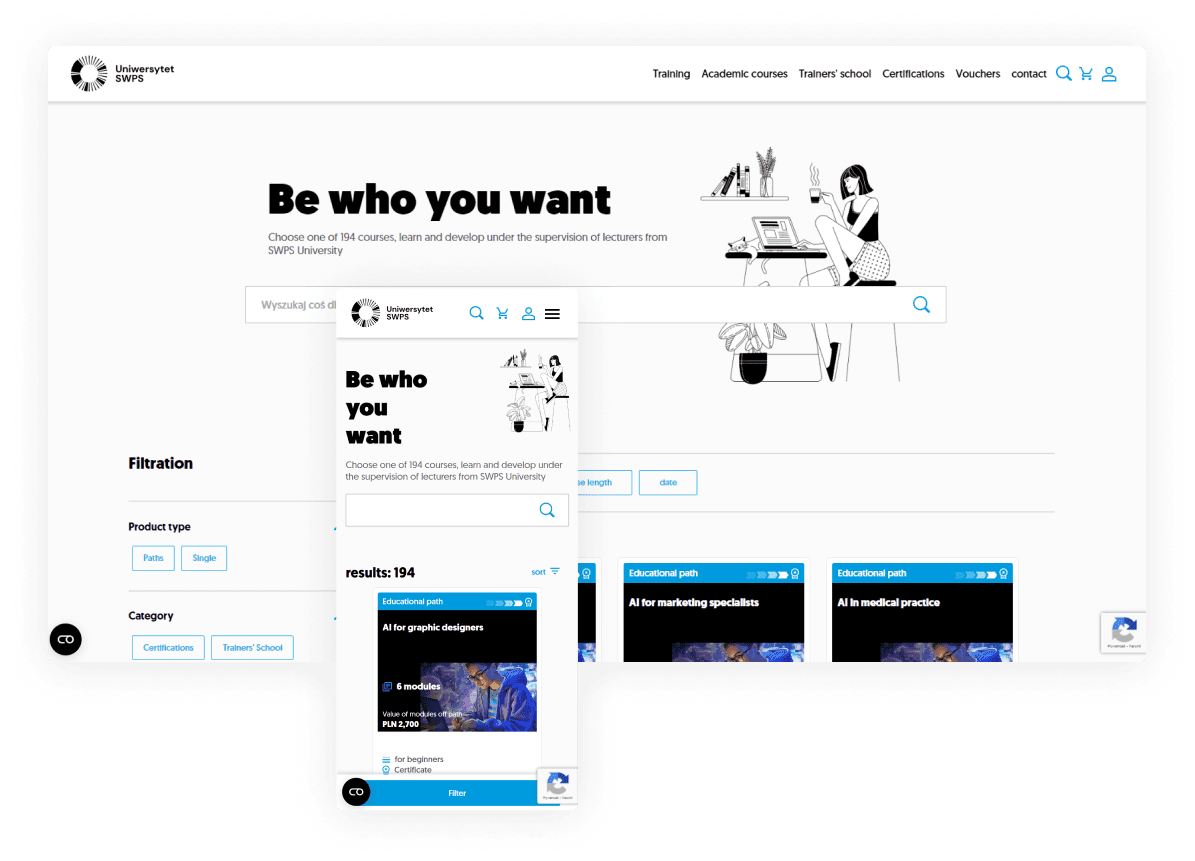Salesforce for
E-commerce
Build customer experiences that translate into sales.
Stand out with a true customer-centric approach.
Trusted by leading brands
Our Customers Showcase our Commitment
to Excellence
Salesforce offering for e-commerce
Diverse solutions include native integration for an end-to-end experience or integration with any e-commerce engine and the vast majority of systems.
01
360°
View
All marketing activities should be conducted with the customer, their needs and expectations in mind. That is why it is so important to obtain valuable data on customer behavior and translate it into business decisions.
02
Omnichannel Customer Service
Consumers expect quick answers to their questions and the possibility of contact in their preferred channel. Satisfying these needs is a minimum, but it is not enough to build a competitive advantage.
03
Data
analysis
Machine learning and artificial intelligence are tools available not only to large corporations. Data, referred to as the “new gold”, however, requires proper management. Only then do they show their full value.
04
Marketing automation
Automating customer qualifications from your database would make running a campaign much easier? Salesforce tools allow you to apply many improvements.
05
E-commerce B2B
Requirements for the speed and convenience of transactions are also becoming more and more visible in the area of B2B sales.
06
B2B Portals
Thanks to them, you can share knowledge bases with partners and clients, and even specify in detail the materials they have access to depending on their interests, industry, and their qualifications.










